Nonpharmacologic Treatment For Copd
Nonpharmacologic treatment for copd. Early treatment of the COPD exacerbation hastens recovery and reduces health care use. All individuals with COPD should be encouraged to engage in physical activity consistent with the recommendations for healthy adults. Disease management and comprehensive care plans.
Quitting smoking is the most essential first step that COPD patients are advised to take. 2016 Apr 21Epub ahead of print Despite excellent bronchodilators for chronic obstructive pulmonary disease COPD and their continued development in regard to both potency and delivery a substantial proportion of the COPD population remains impaired and continues to experience deterioration in their overall. In two recent publications Mayo Clinic researchers summarize both the pharmacologic medication-based and nonpharmacologic treatments available for use in patients with exacerbation of COPD.
Non-pharmacological Treatments for COPD. Long-term oxygen therapy is also an option for some patients with COPD. The symptoms of COPD can be improved by using both evidence-based pharmacologic and nonpharmacologic treatments.
The mainstay of pharmacological therapy is bronchodilators while non-pharmacological methods include smoking cessation pulmonary rehabilitation immunizations and long term oxygen among others. Non-pharmacological interventions There is strong evidence for the benefits of regular exercise in individuals with COPD McCarthy 2015 Ries 2003 Spruit 2013 Alison 2017 evidence level I. Mulhall P Criner G Respirology.
The non-pharmacological treatment of patients with chronic obstructive pulmonary disease COPD comprises a large number of related components. Nonpharmacological interventions can be applied to patients with stable COPD and acute COPD exacerbations. After weighing the quality of evidence and balancing the desirable and undesirable effects the guideline panel made the following recommendations.
Non-Pharmacologic Therapies Patient Benefits and Outcomes Improved exercise tolerance 64 m in 6MWD Improved quality of life SGRQ reduced by 83 529 to 446 at 3 months 56 at 6 months 53 at 1 year. Evidence-Based Answer In adults with exacerbations of COPD antibiotic therapy increases the clinical cure rate and decreases the clinical failure rate. PaCO2 45 mmHg done while awake and breathing the patients prescribed FIO2 Sleep oximetry demonstrates oxygen saturation 88 for 5 minutes of nocturnal recording time done while breathing oxygen at 2 LPM or higher Obstructive Sleep Apnea OSA and treatment.
COPD management demands a close doctor-patient relationship working. They describe the evidence of effectiveness in patients with.
COPD is characterized by progressive non-reversible narrowing of airways mainly due to cigarette smoking.
After weighing the quality of evidence and balancing the desirable and undesirable effects the guideline panel made the following recommendations. COPD management demands a close doctor-patient relationship working. The aim of the present review is to survey the most important non-pharmacological treatments for COPD smoking cessation rehabilitation long-term oxygen therapy noninvasive positive pressure ventilation and surgery and their usefulness based on the currently available evidence. Active case-finding is advocated in ex-smokers above the age of 40 who either cough or have 2 respiratory-tract infections per year. Non-pharmacological Treatments for COPD. 1 a strong recommendation for the use of long-acting β 2-agonist LABAlong-acting muscarinic antagonist LAMA combination therapy over LABA or LAMA monotherapy in patients with COPD and dyspnea or exercise intolerance. 2016 Apr 21Epub ahead of print Despite excellent bronchodilators for chronic obstructive pulmonary disease COPD and their continued development in regard to both potency and delivery a substantial proportion of the COPD population remains impaired and continues to experience deterioration in their overall. Non-Pharmacologic Therapies Patient Benefits and Outcomes Improved exercise tolerance 64 m in 6MWD Improved quality of life SGRQ reduced by 83 529 to 446 at 3 months 56 at 6 months 53 at 1 year. All individuals with COPD should be encouraged to engage in physical activity consistent with the recommendations for healthy adults.
The current Australian and New Zealand guidelines for. Non-pharmacological interventions There is strong evidence for the benefits of regular exercise in individuals with COPD McCarthy 2015 Ries 2003 Spruit 2013 Alison 2017 evidence level I. COPD management demands a close doctor-patient relationship working. Non-Pharmacological Treatments for COPD Smoking cessation. The current Australian and New Zealand guidelines for. Evidence-Based Answer In adults with exacerbations of COPD antibiotic therapy increases the clinical cure rate and decreases the clinical failure rate. Quitting smoking is the most essential first step that COPD patients are advised to take.



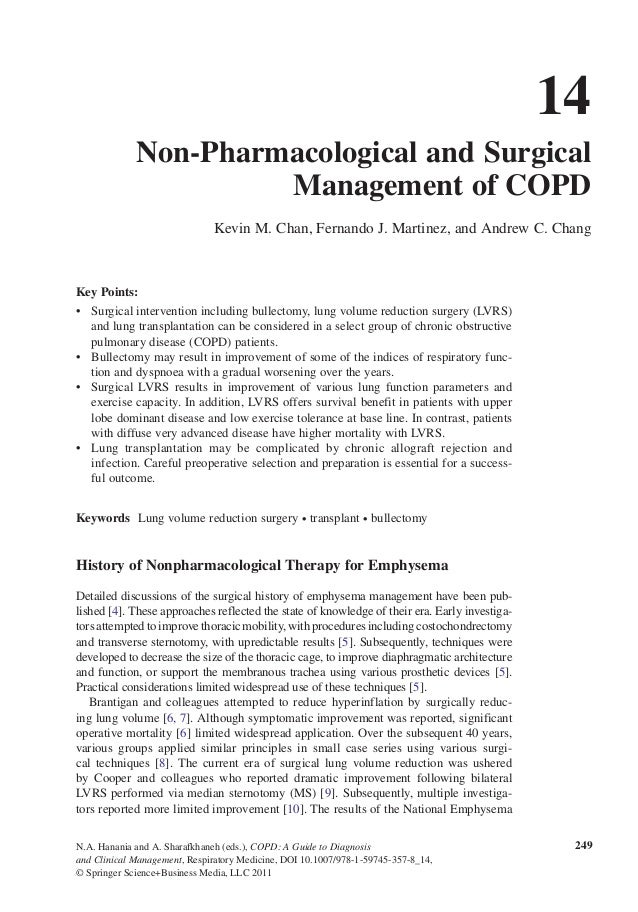

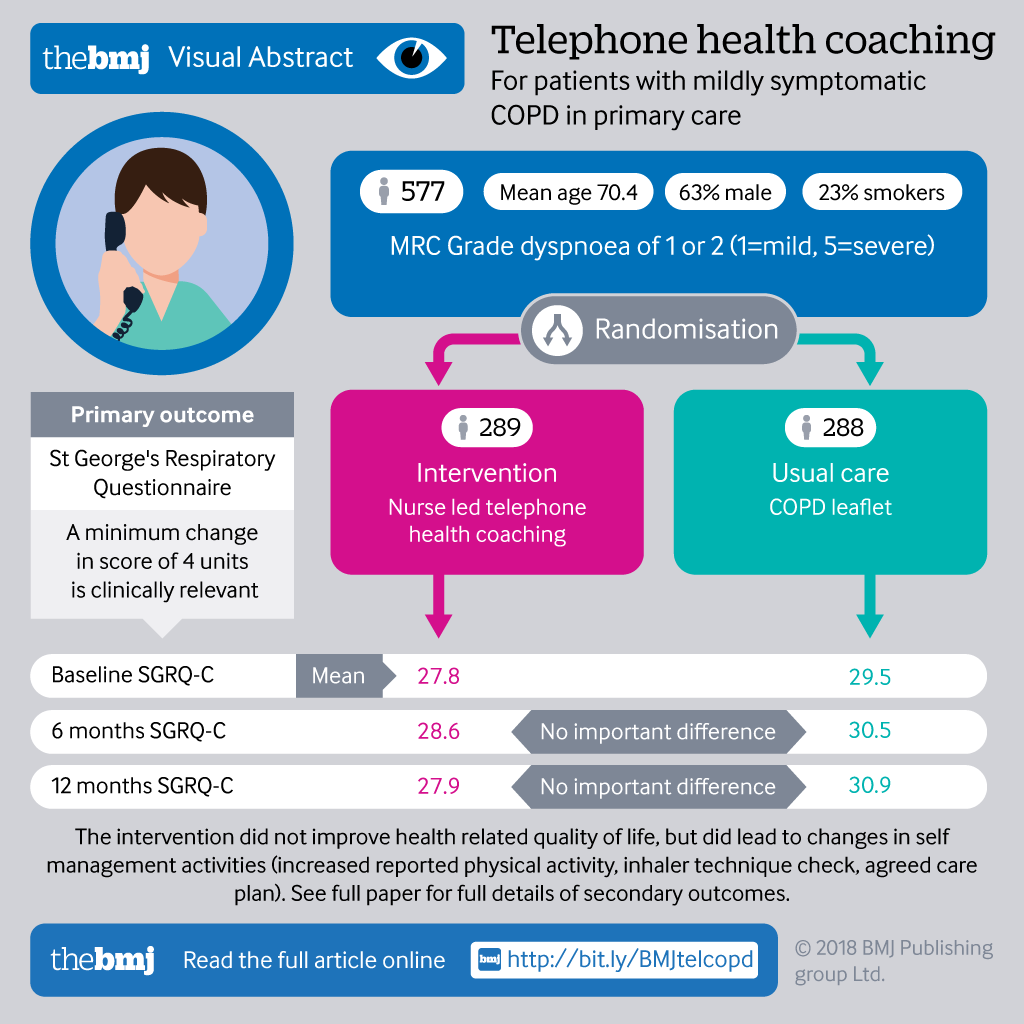


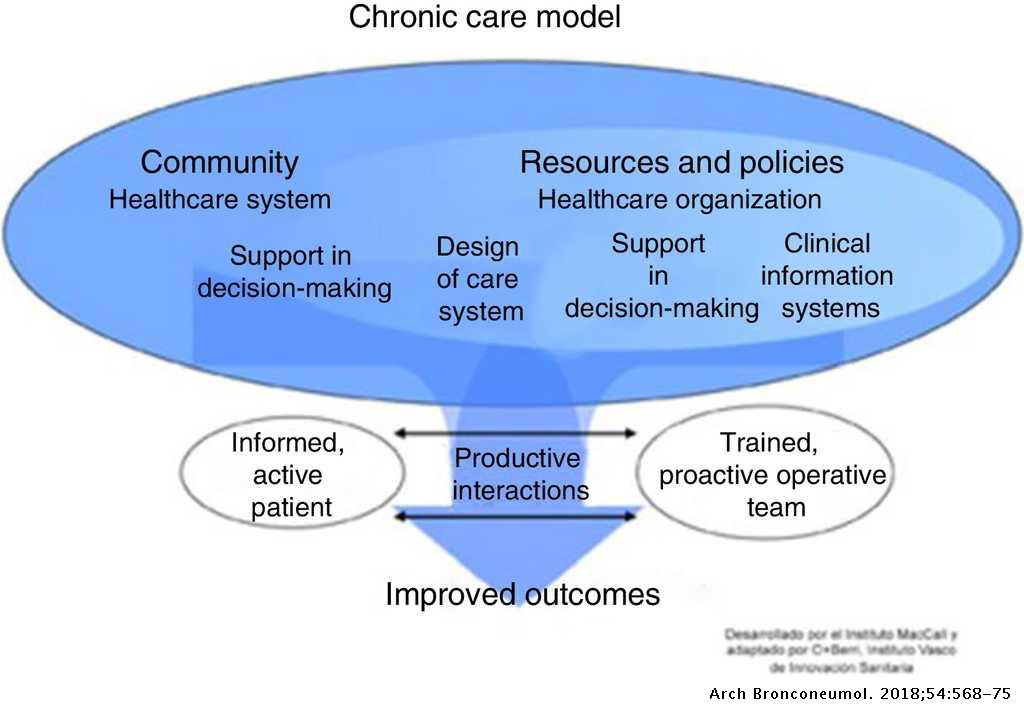
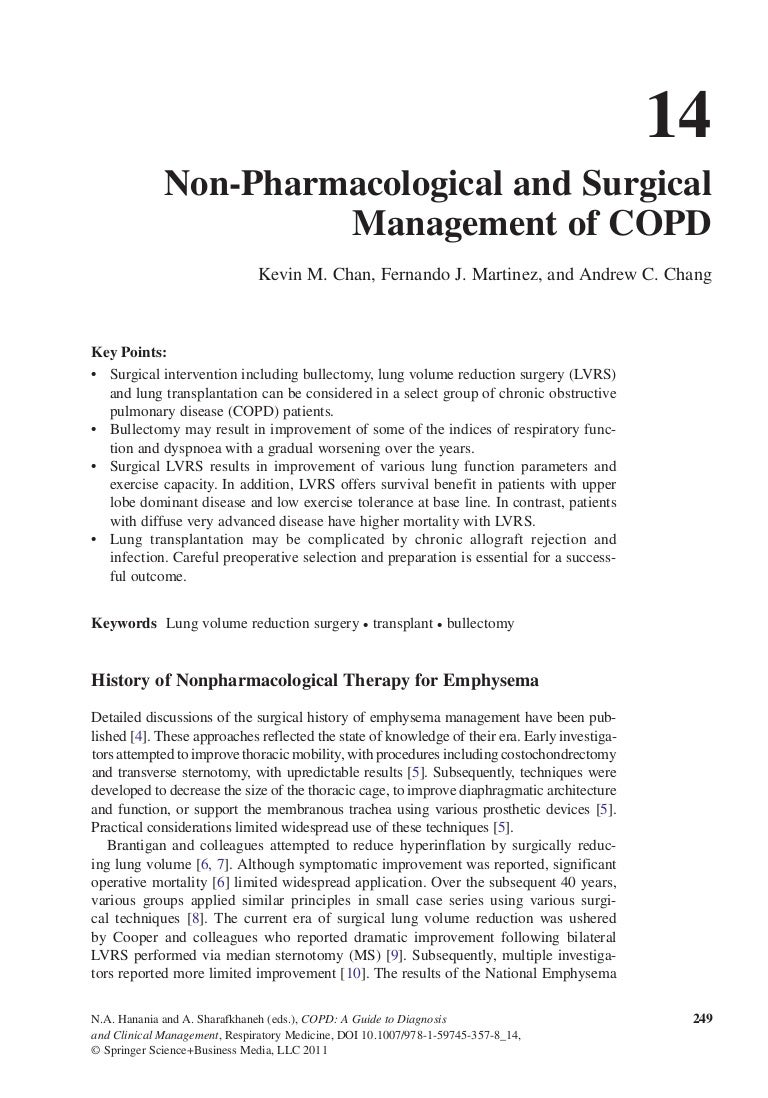




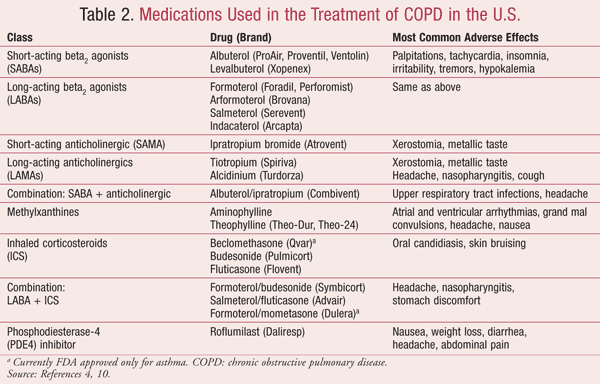











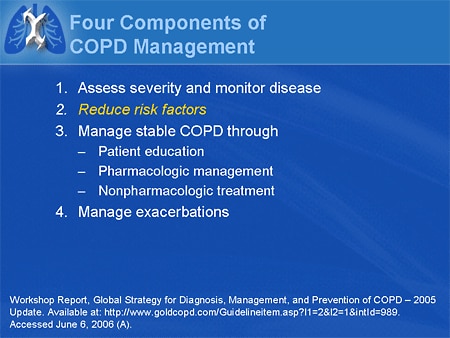
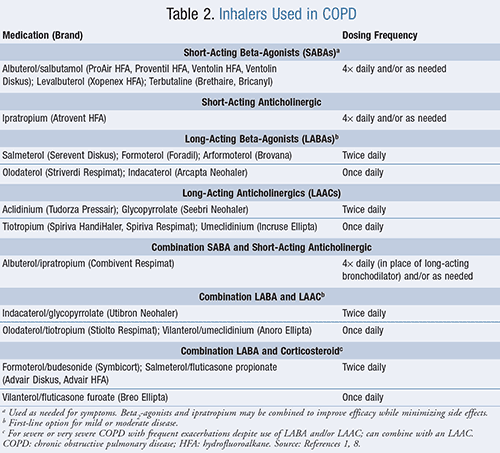


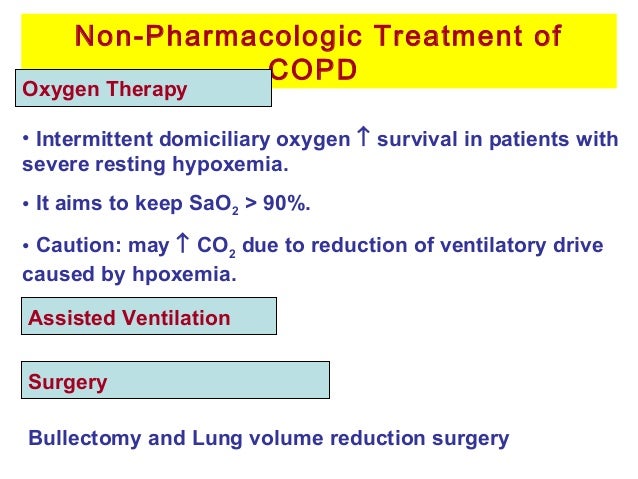

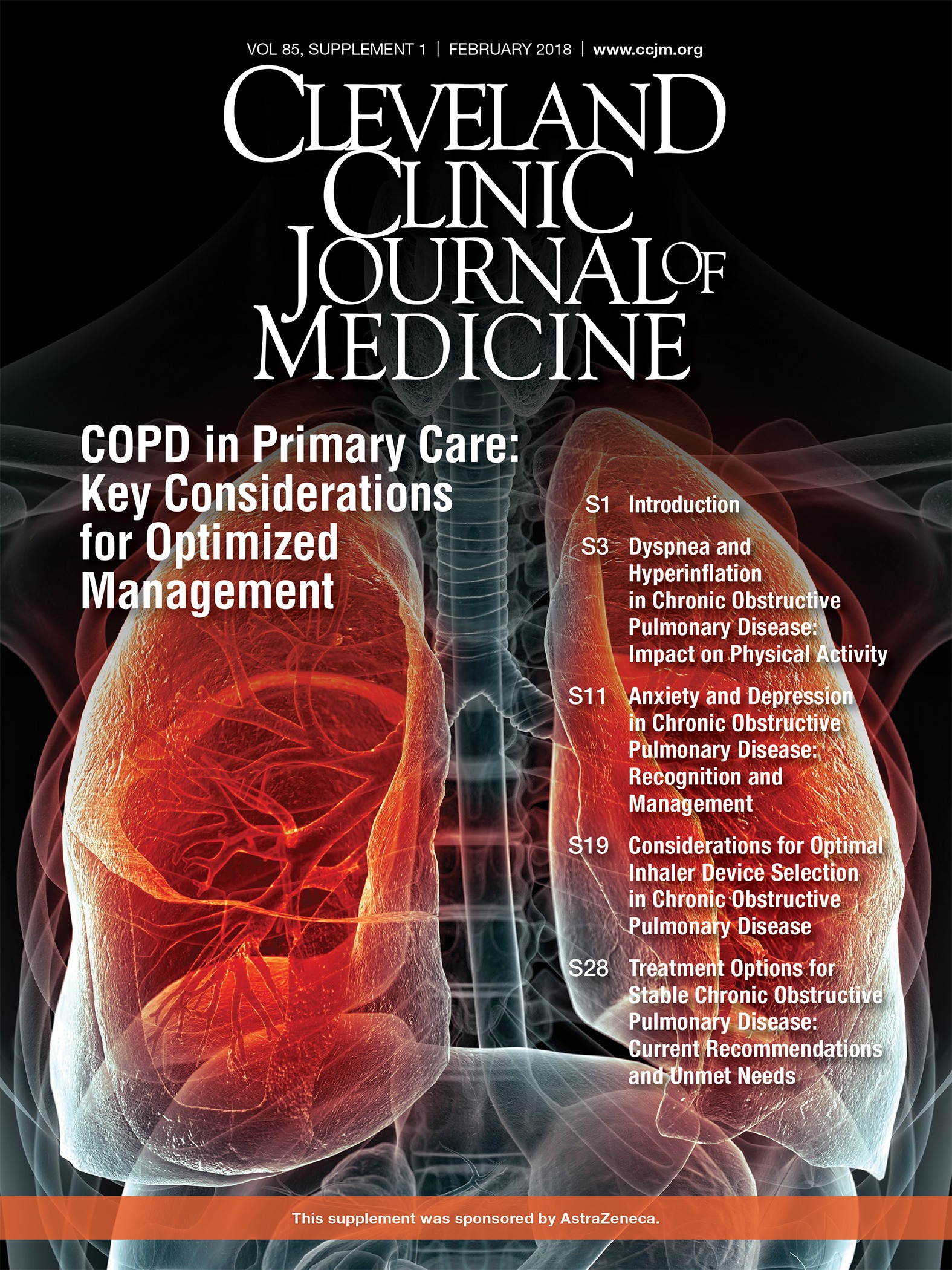

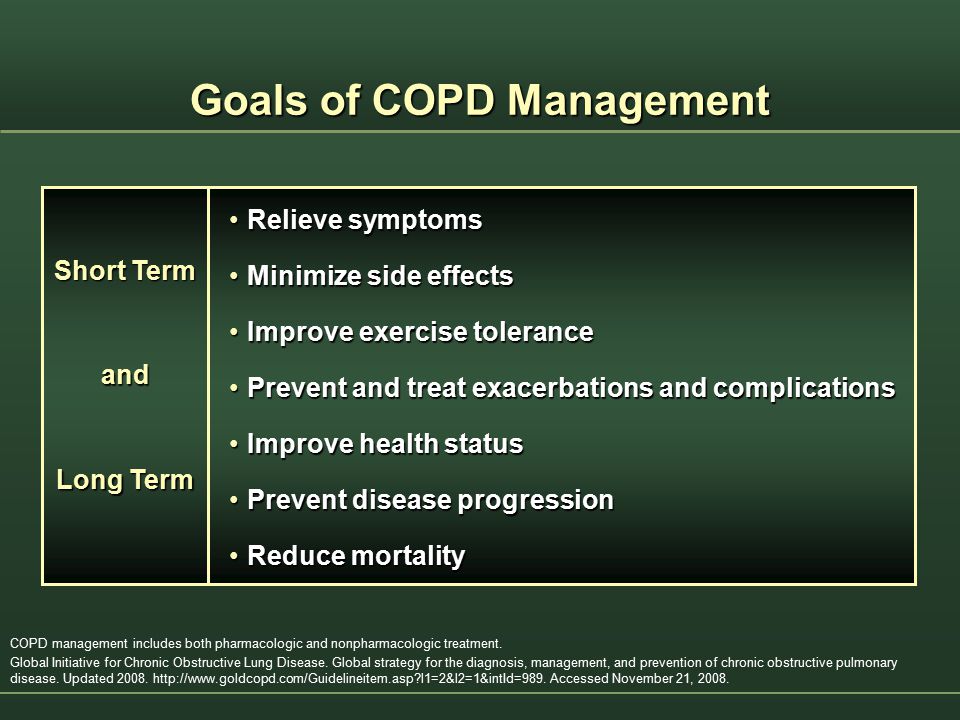




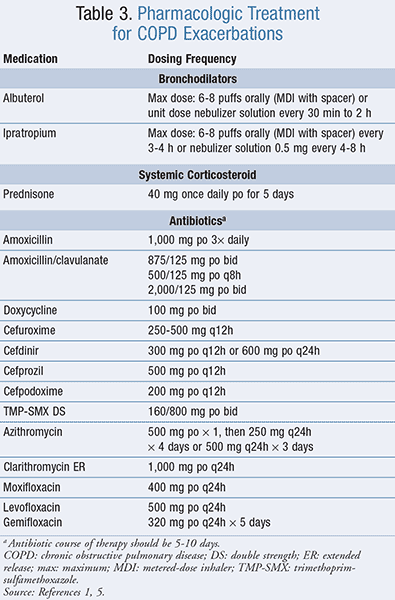
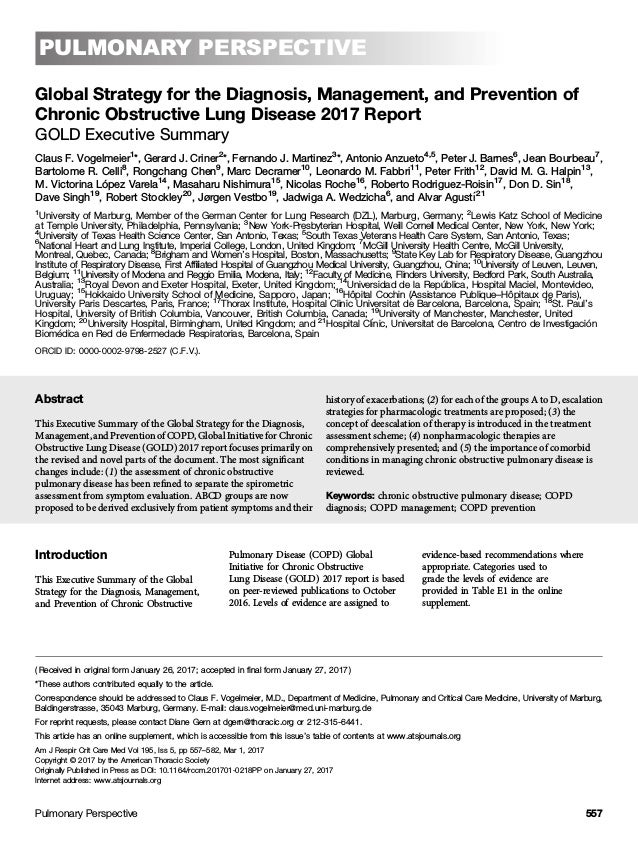


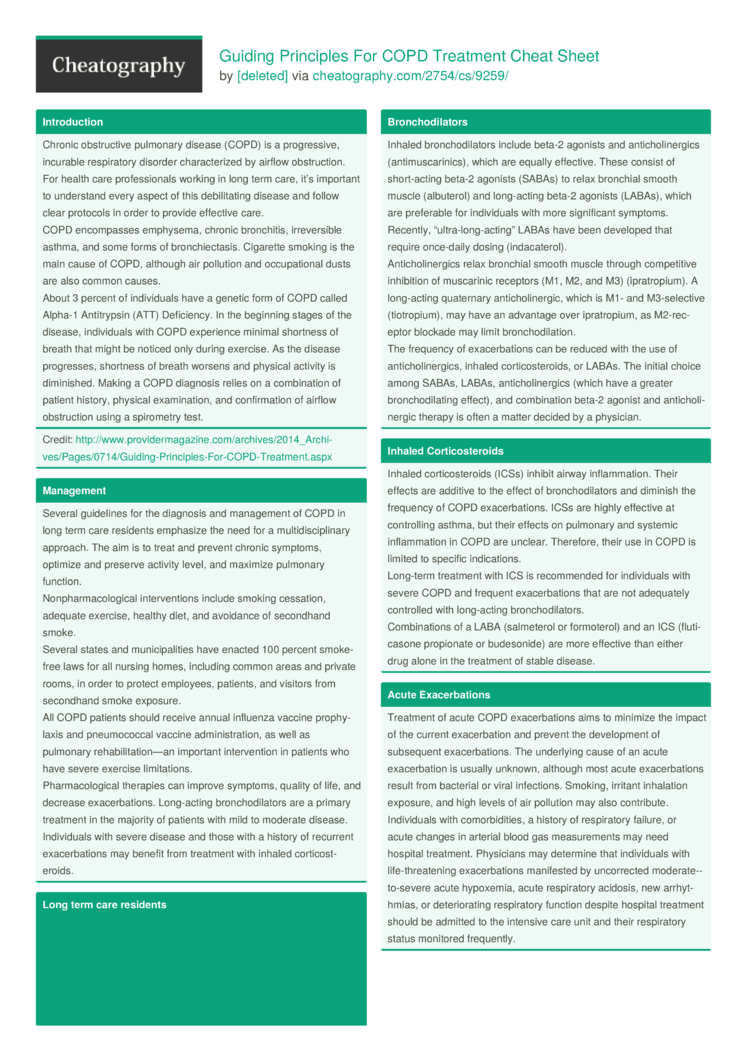

Post a Comment for "Nonpharmacologic Treatment For Copd"